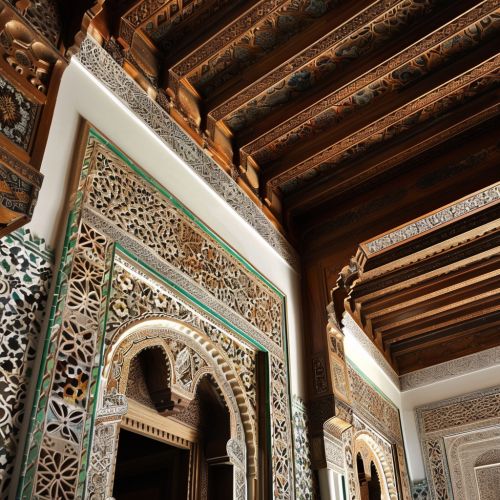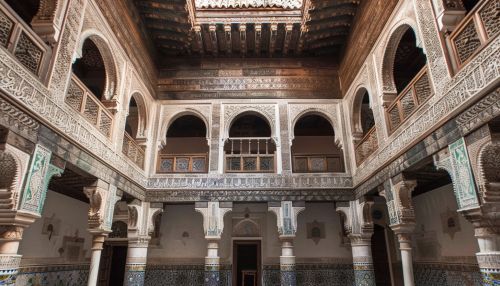Dar Othman
Overview
Dar Othman, also known as Dar Othman Bey, is a historic palace located in the medina of Tunis, Tunisia. This architectural masterpiece dates back to the early 17th century and is a prime example of Ottoman architecture in North Africa. The palace was built by Othman Dey, a prominent figure in Tunisian history, and has since been a significant cultural and historical landmark.
Historical Background
Ottoman Influence in Tunisia
The Ottoman Empire's influence in Tunisia began in the 16th century when the region was incorporated into the empire. This period marked significant changes in the architectural and cultural landscape of Tunisia. The Ottomans introduced new architectural styles, administrative systems, and cultural practices that left a lasting impact on the region. Dar Othman is one of the many structures that exemplify this influence.
Othman Dey
Othman Dey, the founder of Dar Othman, was a significant figure in Tunisian history. He served as the Dey of Tunis from 1593 to 1610. His reign was marked by efforts to fortify the city and develop its infrastructure. Othman Dey was known for his patronage of the arts and architecture, which is evident in the construction of Dar Othman.
Architectural Features
Layout and Design
Dar Othman is a quintessential example of Ottoman residential architecture. The palace is organized around a central courtyard, a common feature in Islamic architecture. The courtyard is surrounded by various rooms and halls, each serving different functions. The layout is designed to provide privacy and comfort, with separate areas for men and women.
Decorative Elements
The palace is adorned with intricate decorative elements that reflect the artistic traditions of the Ottoman period. These include:
- **Tilework**: The walls are decorated with colorful ceramic tiles featuring geometric and floral patterns.
- **Woodwork**: The ceilings and doors are made of finely carved wood, showcasing the craftsmanship of the period.
- **Stucco**: The use of stucco for decorative purposes is evident in the intricate plasterwork that adorns the walls and ceilings.


Structural Components
The structural components of Dar Othman are designed to ensure durability and stability. The palace is built using traditional construction techniques, including:
- **Stone Masonry**: The walls are constructed from locally sourced stone, providing strength and insulation.
- **Timber Framework**: Wooden beams are used to support the ceilings and roofs, a common practice in Ottoman architecture.
- **Vaulted Ceilings**: The use of vaulted ceilings enhances the aesthetic appeal and structural integrity of the palace.
Cultural Significance
Historical Role
Throughout its history, Dar Othman has played various roles. Initially, it served as the residence of Othman Dey and his family. Over the centuries, it has been used for different purposes, including administrative functions and as a cultural center. The palace has witnessed numerous historical events and has been a symbol of the Ottoman legacy in Tunisia.
Preservation Efforts
In recent years, efforts have been made to preserve and restore Dar Othman. These initiatives aim to protect the architectural and historical integrity of the palace while making it accessible to the public. Restoration projects have focused on repairing structural damage, restoring decorative elements, and improving visitor facilities.
Current Use
Today, Dar Othman is a popular tourist attraction and a cultural heritage site. It is open to the public and offers guided tours that provide insights into its history and architecture. The palace also hosts cultural events, exhibitions, and educational programs, making it a vibrant center for cultural exchange.
